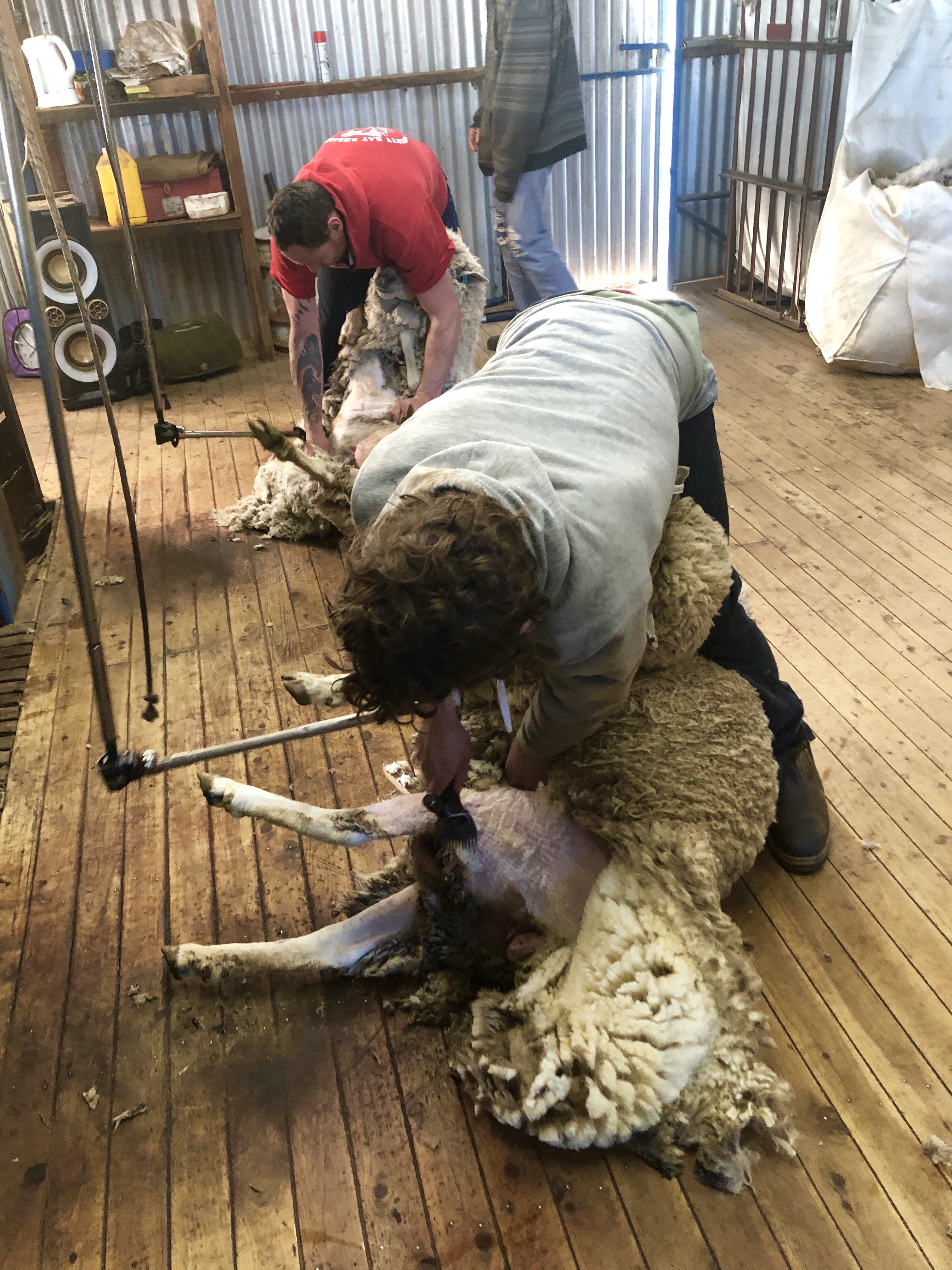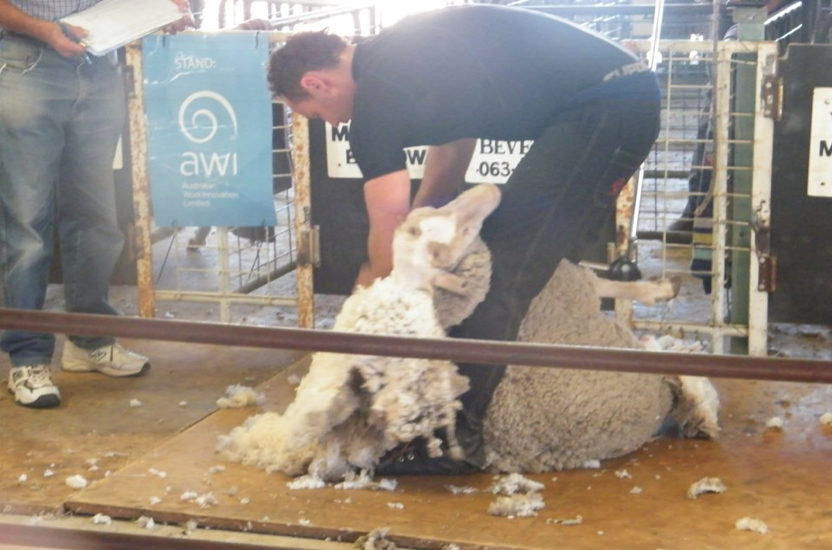
Australia was once considered to be the hub of the shearing industry – the purveyor of wool to various countries where there is a great demand for woollen attires. Though the demand is ever-increasing, Australia would no longer be able to wear the badge of the chief supplier; rather the vast wool industry of Australia is in tumultuous condition, and it is expected that the condition will worsen day by day until and unless any positive steps are taken to improve the condition of the shearers, who are the backbone of the industry.
While every industry tries to provide the best facility possible to their workers to get the best return from them, the picture is totally contrary in case of the shearing industry. Outdated, unsafe and hazardous machines are causing minor to major injuries and accidents to the workers. The latest data from Safe Work Australia states shearers are at least six times more likely to be seriously injured than the average workers.
The NSW regulator is preparing to prosecute a case against the operators of a wool-shed where Casey Barnes, a roustabout in a shearing shed was scalped by overhead machinery in 2017. It is not the one incident, many such accidents are happening with the shearers all around the country, but no constructive measures are taken to improve their conditions.
According to Rob Harrowfield, a 57-year old man, who is still making a life out of shearing, “As far as conditions for safety, I think it's worse now than what it used to be... it's just getting progressively worse". When it comes to the basic amenities, including first aid, toilets, running water, etc. the conditions are no good. Harrowfield further added, “Not having toilets, not having fresh running water rather than washing in a bucket, not having proper harness holders, not having equipment that has safety buttons”.
B Croker, a shearer in Kingston, Australia, says “As a woman I am particularly concerned for decent facilities and accommodation, I shouldn't have to use a stick to get the red backs out of the toilet before us ladies can use it every day and is it really that hard to sweep it for us? (when there is a toilet). Safety how many holes in floors, just to start with… Locks on the hut doors so we have a choice who can enter”.

And sheep full of feed and water further worsen the situation for the shearers. When the sheep are not allowed to rest properly after having food, they are more agitated, violent and tend to hurt the shearers. Mathew Haney from Bothwell, Australia, says, “Full sheep are the cause of many avoidable injuries and cause totally avoidable stress on both shearers and sheep!”
Josh Paul a shearer from Geraldton, Australia, has quit the shearing industry in utter disappointment and when he is asked why, he says, “ I left the industry because of conditions in most sheds especially in areas of high cropping where millions are being spent on machinery. No money has been spent on any upgrade of the shearing shed and mostly shearer’s and shed staff are working in below sub standard conditions… No toilets or water to wash hands and overhead gear that hasn’t been replaced or maintained, no RCD switches on electricity. Un-maintained equipment puts extra pressure on shearer’s handpieces and body costing the shearer. Along with this sheep have grown substantially in size and it needs the industry to stand up and create an increase of pay to reflect size/weight and condition/quality of sheep”.
Yes, payment is another issue that the shearers are facing. Though they are risking their lives, spending hours in old, shabby and dilapidated facilities to peel off the fleeces of the heavy, overweight, and sheep full of feed, the payment that they are receiving is nothing compared to debilitating injury.

Although organisations such as Australian Workers Union, Work Safe Australia or National Farmers Federation have their individual guidelines regarding work, health and safety, most of the shearers are not well-acquainted with these, and so, do not know from where to start their protest or raise their voice against the hazardous workplace, lack of modern facilities and low wages.
However, Shearquantity wants to take momentous steps to improve the condition of the shearers by making sure that their needs for
-
A significant increase in payment because of oversize, large or full sheep
-
Well-maintained modern facilities
-
A review of fasting times of the sheep
are satisfied, because it would ultimately help to perk up the derelict situation of the shearing industry and get the country back its lost badge.
Anna Blanch, a shearer from Katanning, Australia, who has almost 20 years in this industry, says, “I love the industry, but something has to change. The standard of work and workers will improve when the standard of conditions and pay does. Make our industry great again!”.
So, if you also support the initiative taken by Shearquantity, then sign the petition named “Storm in the Sky of the Shearing Industry: What to Do?”. Every sign will help us to go a step closer to our dream.


You must be logged in to post a comment.
click here to log in